Startup Puts a Logical Qubit In a Single Piece of Hardware
Startup Nord Quantique has demonstrated that a single piece of hardware can host an error-detecting logical qubit by using two quantum frequencies within one resonator. The breakthrough has the potential to slash the hardware demands for quantum error correction and deliver more compact and efficient quantum computing architectures. Ars Technica reports: The company did two experiments with this new hardware. First, it ran multiple rounds of error detection on data stored in the logical qubit, essentially testing its ability to act like a quantum memory and retain the information stored there. Without correcting errors, the system rapidly decayed, with an error probability in each round of measurement of about 12 percent. By the time the system reached the 25th measurement, almost every instance had already encountered an error. The second time through, the company repeated the process, discarding any instances in which an error occurred. In almost every instance, that meant the results were discarded long before they got through two dozen rounds of measurement. But at these later stages, none of the remaining instances were in an erroneous state. That indicates that a successful correction of the errors -- something the team didn't try -- would be able to fix all the detected problems. Several other companies have already performed experiments in which errors were detected -- and corrected. In a few instances, companies have even performed operations with logical qubits, although these were not sophisticated calculations. Nord Quantique, in contrast, is only showing the operation of a single logical qubit, so it's not even possible to test a two-qubit gate operation using the hardware it has described so far. So simply being able to identify the occurrence of errors is not on the cutting edge. Why is this notable? All the other companies require multiple hardware qubits to host a single logical qubit. Since building many hardware qubits has been an ongoing challenge, most researchers have plans to minimize the number of hardware qubits needed to support a logical qubit -- some combination of high-quality hardware, a clever error correction scheme, and/or a hardware-specific feature that catches the most common errors. You can view Nord Quantique's approach as being at the extreme end of the spectrum of solutions, where the number of hardware qubits required is simply one. From Nord Quantique's perspective, that's significant because it means that its hardware will ultimately occupy less space and have lower power and cooling requirements than some of its competitors. (Other hardware, like neutral atoms, requires lots of lasers and a high vacuum, so the needs are difficult to compare.) But it also means that, should it become technically difficult to get large numbers of qubits to operate as a coherent whole, Nord Quantique's approach may ultimately help us overcome some of these limits. Read more of this story at Slashdot.

Read more of this story at Slashdot.

_sleepyfellow_Alamy.jpg?width=1280&auto=webp&quality=80&disable=upscale#)



















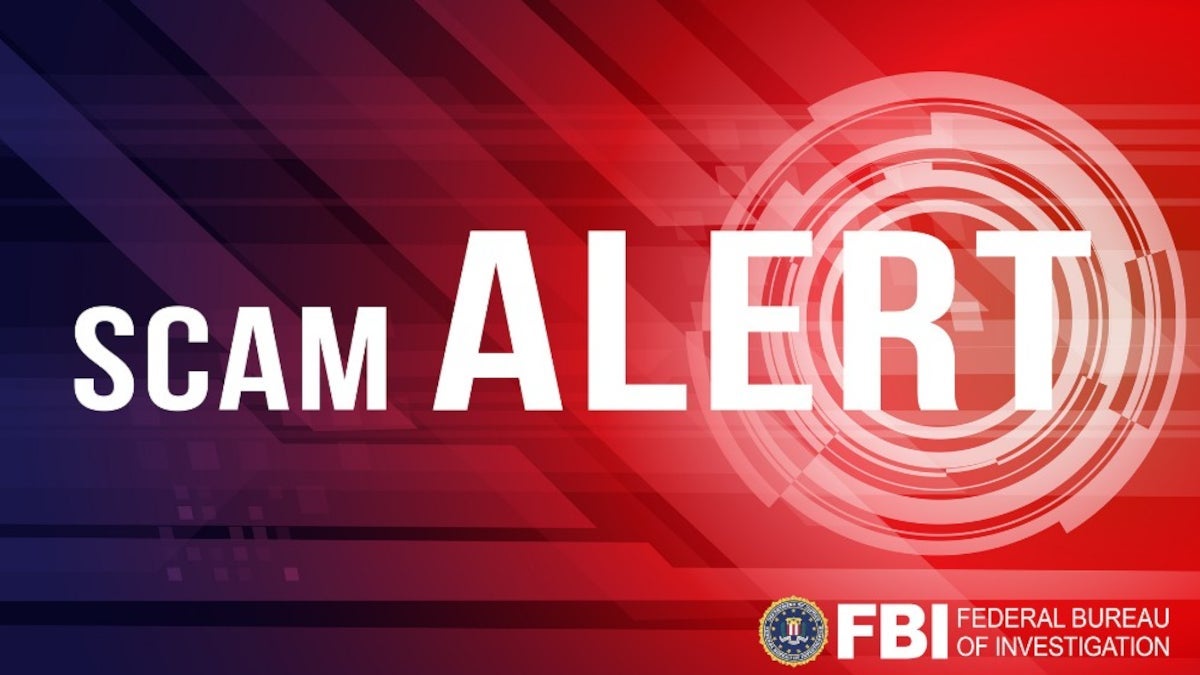









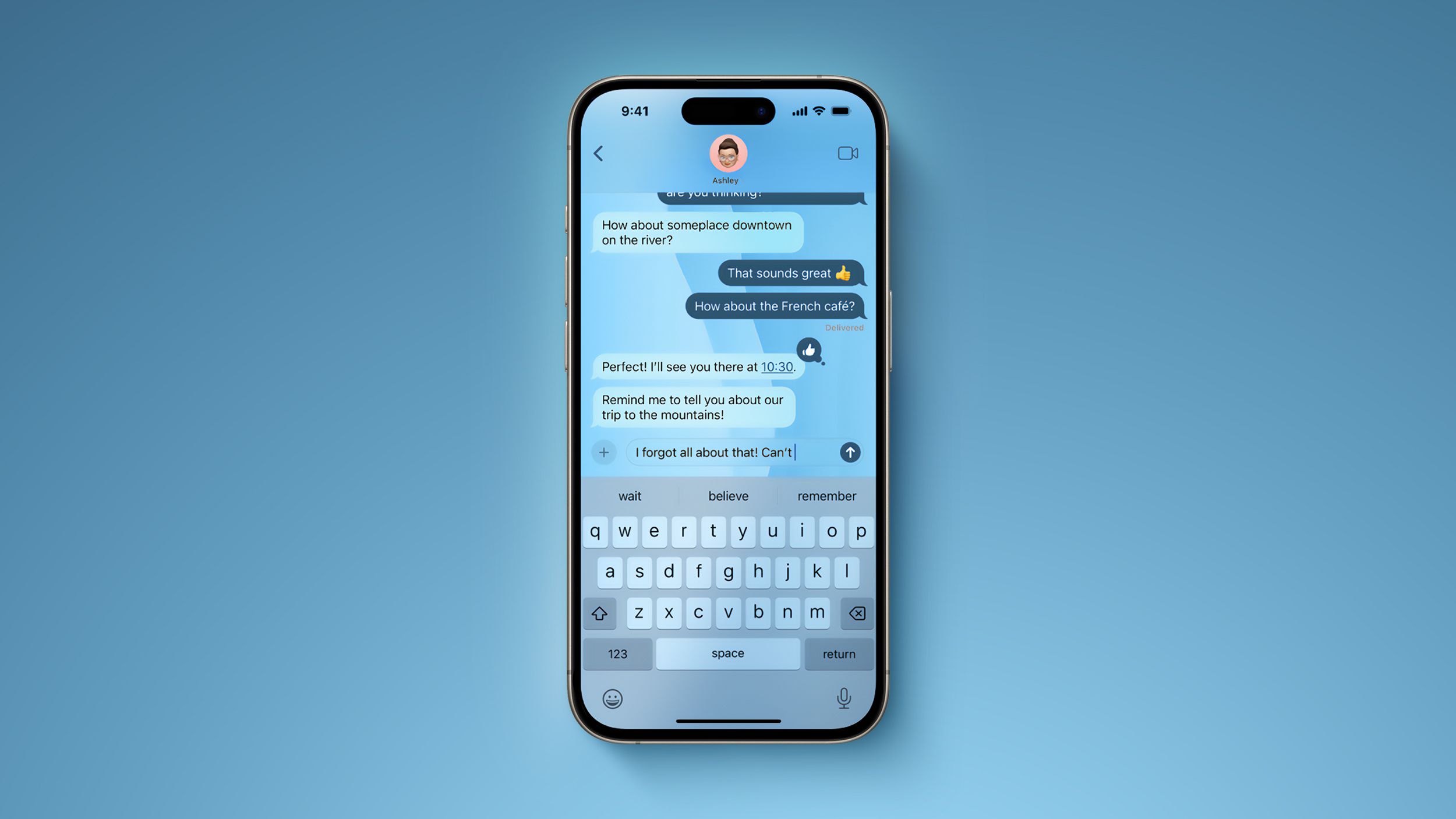























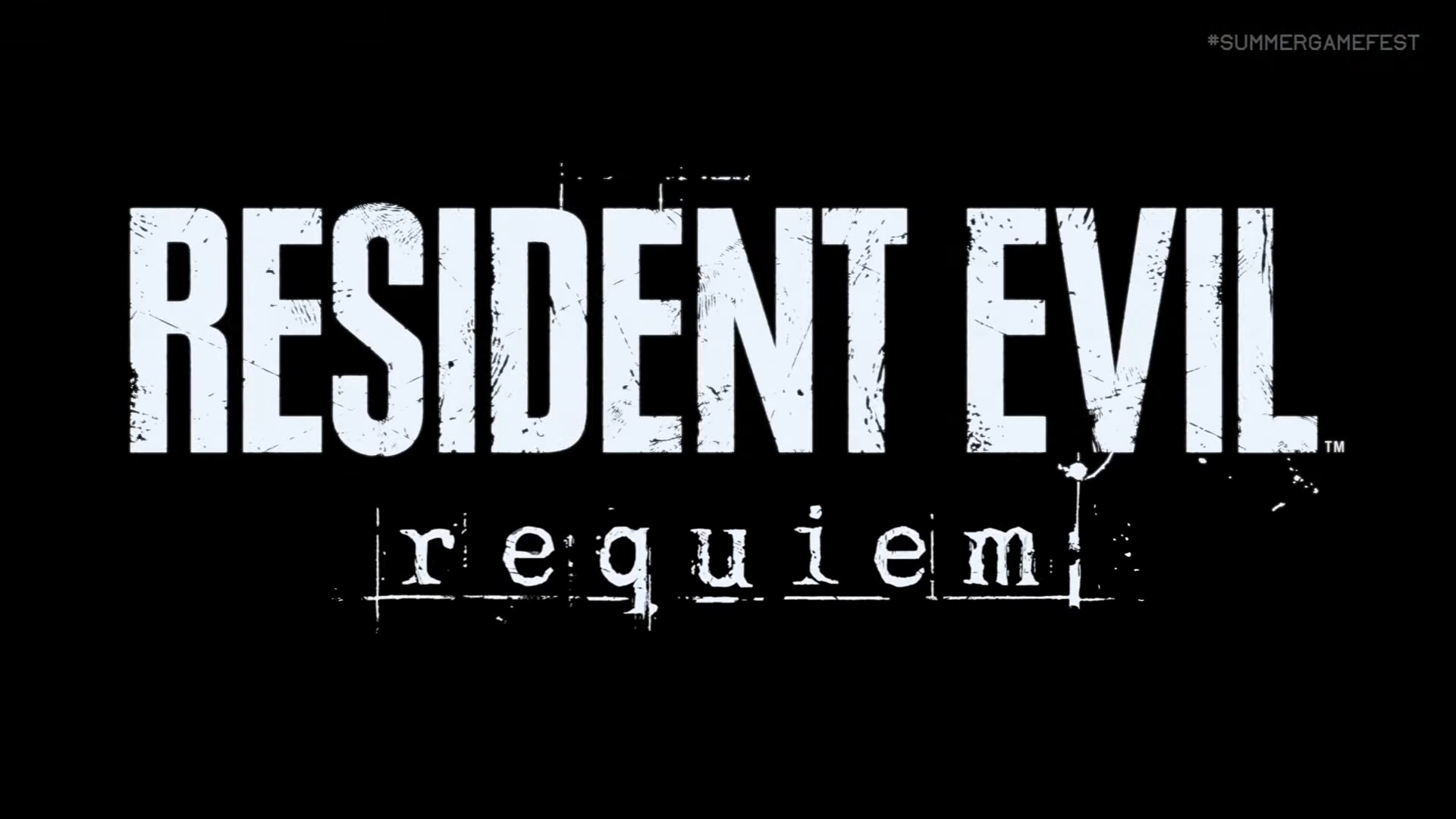

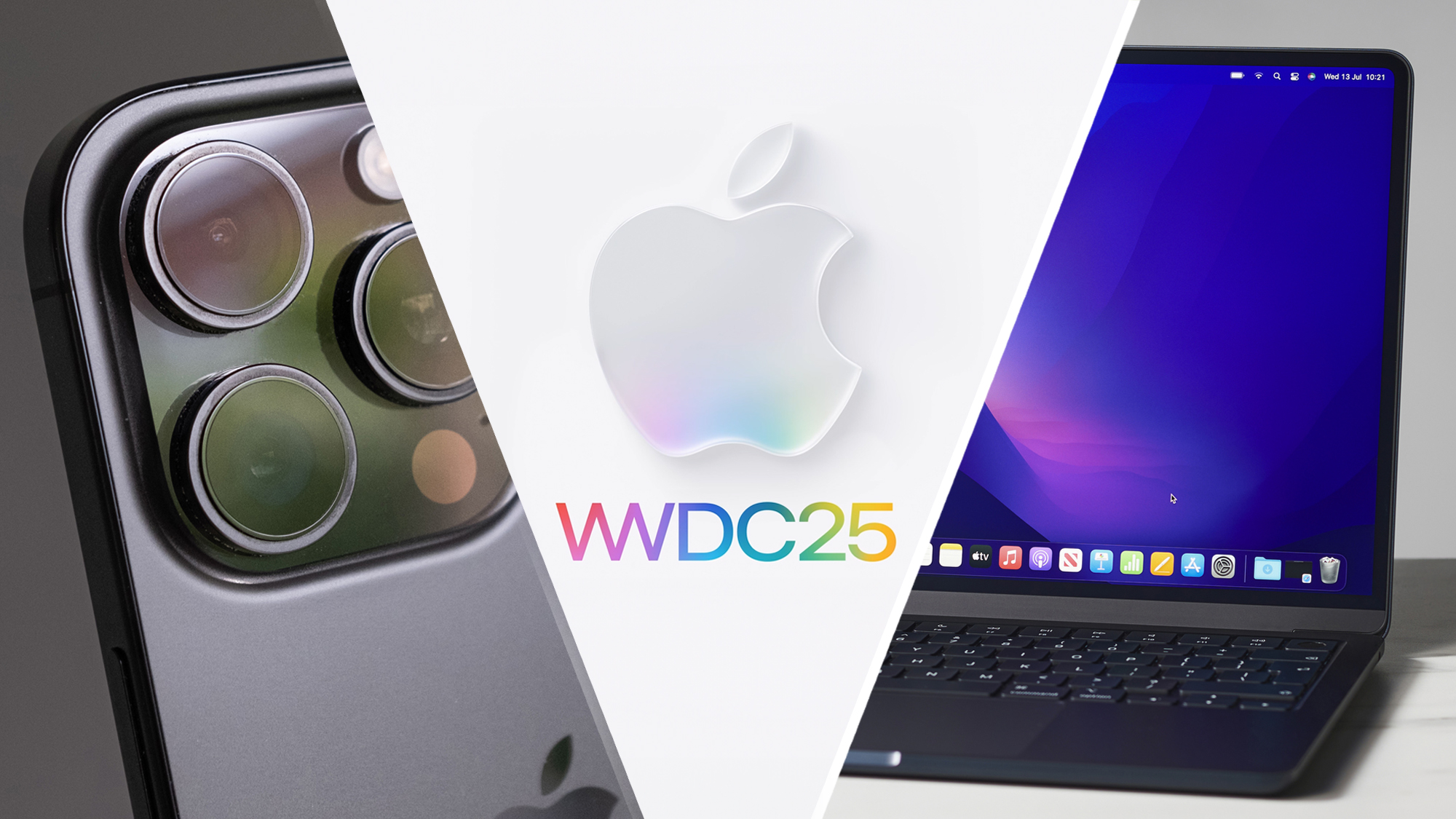


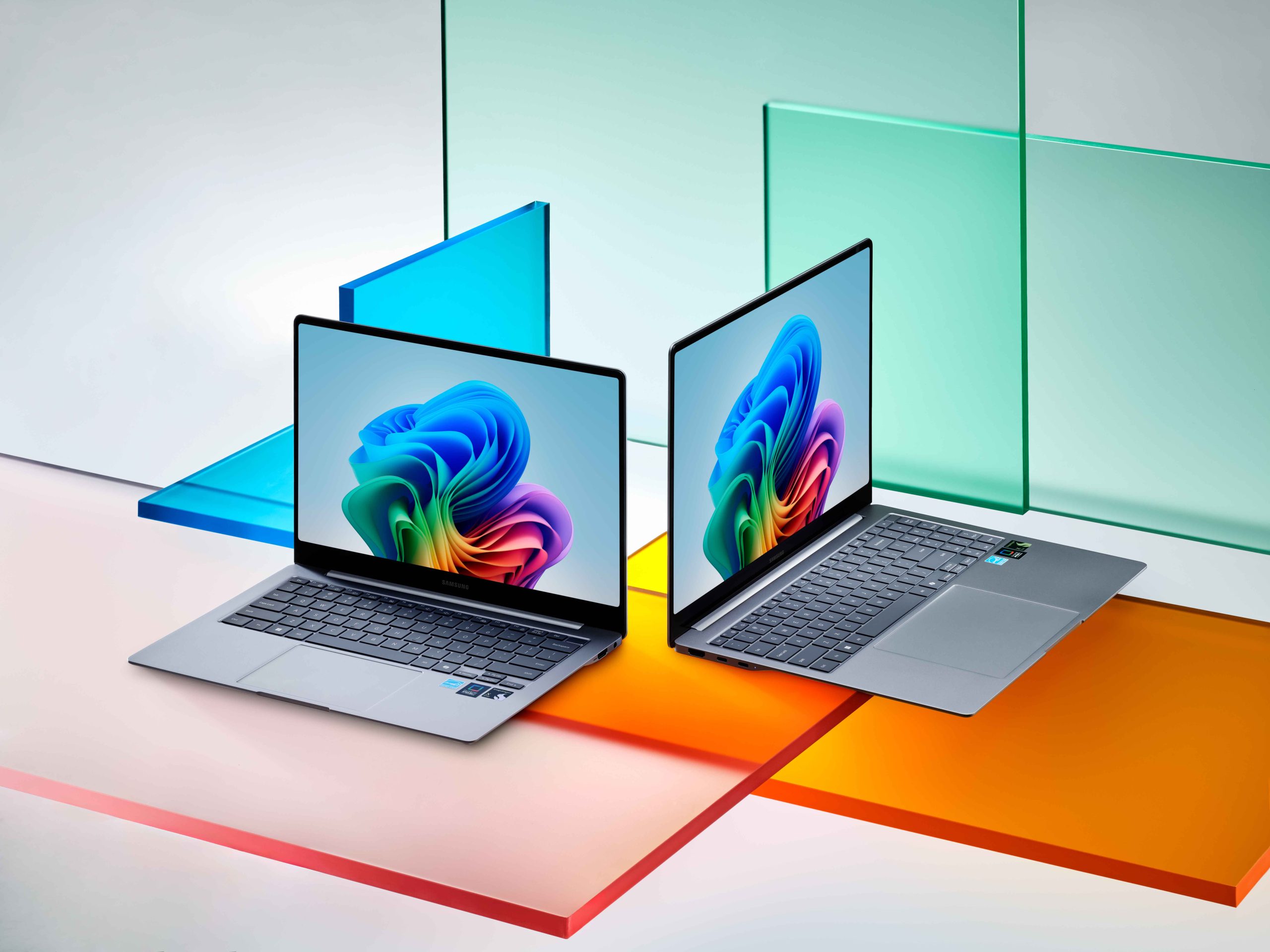












![watchOS 26 May Bring Third-Party Widgets to Control Center [Report]](https://www.iclarified.com/images/news/97520/97520/97520-640.jpg)

![AirPods Pro 2 On Sale for $169 — Save $80! [Deal]](https://www.iclarified.com/images/news/97526/97526/97526-640.jpg)




















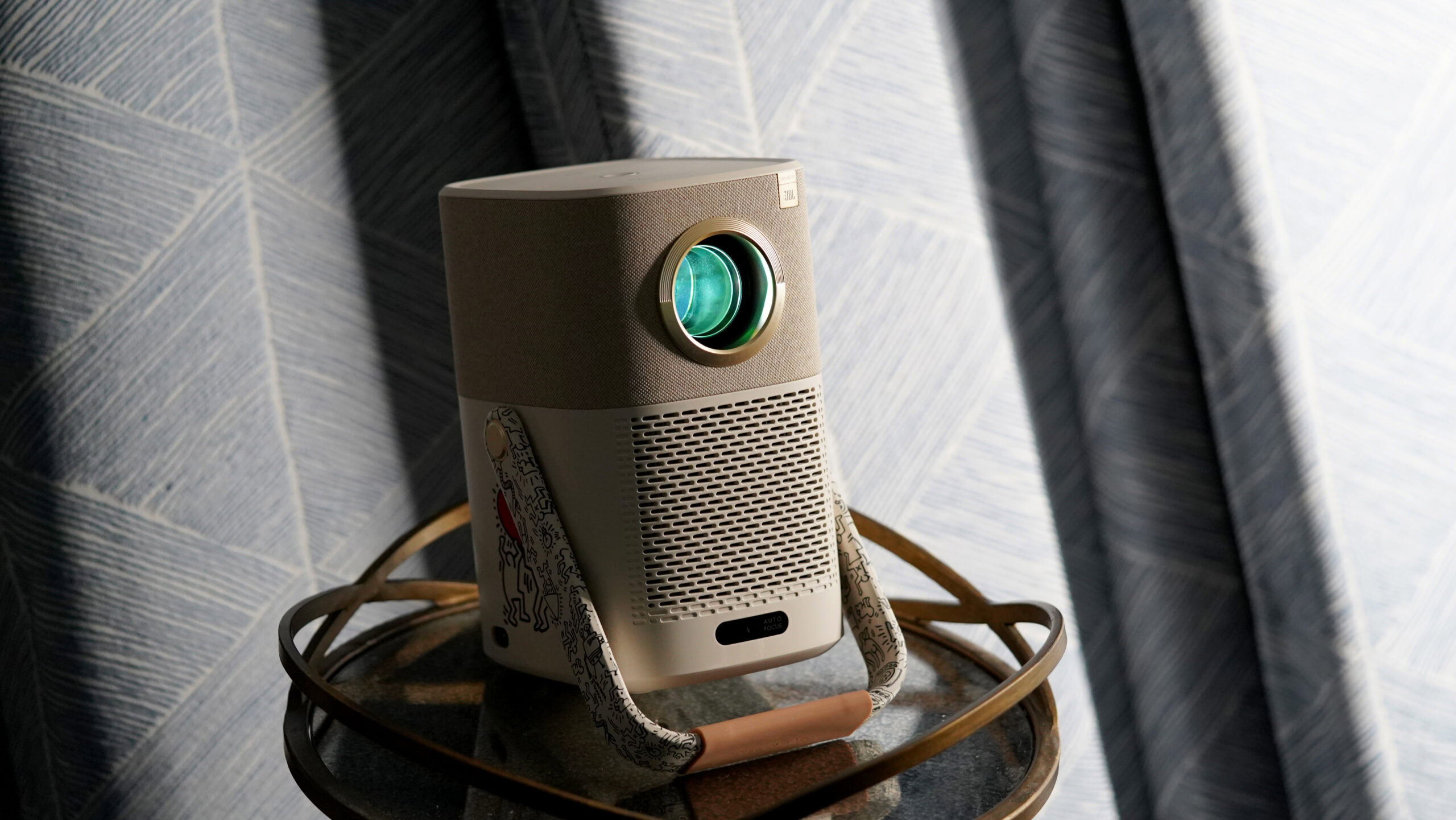
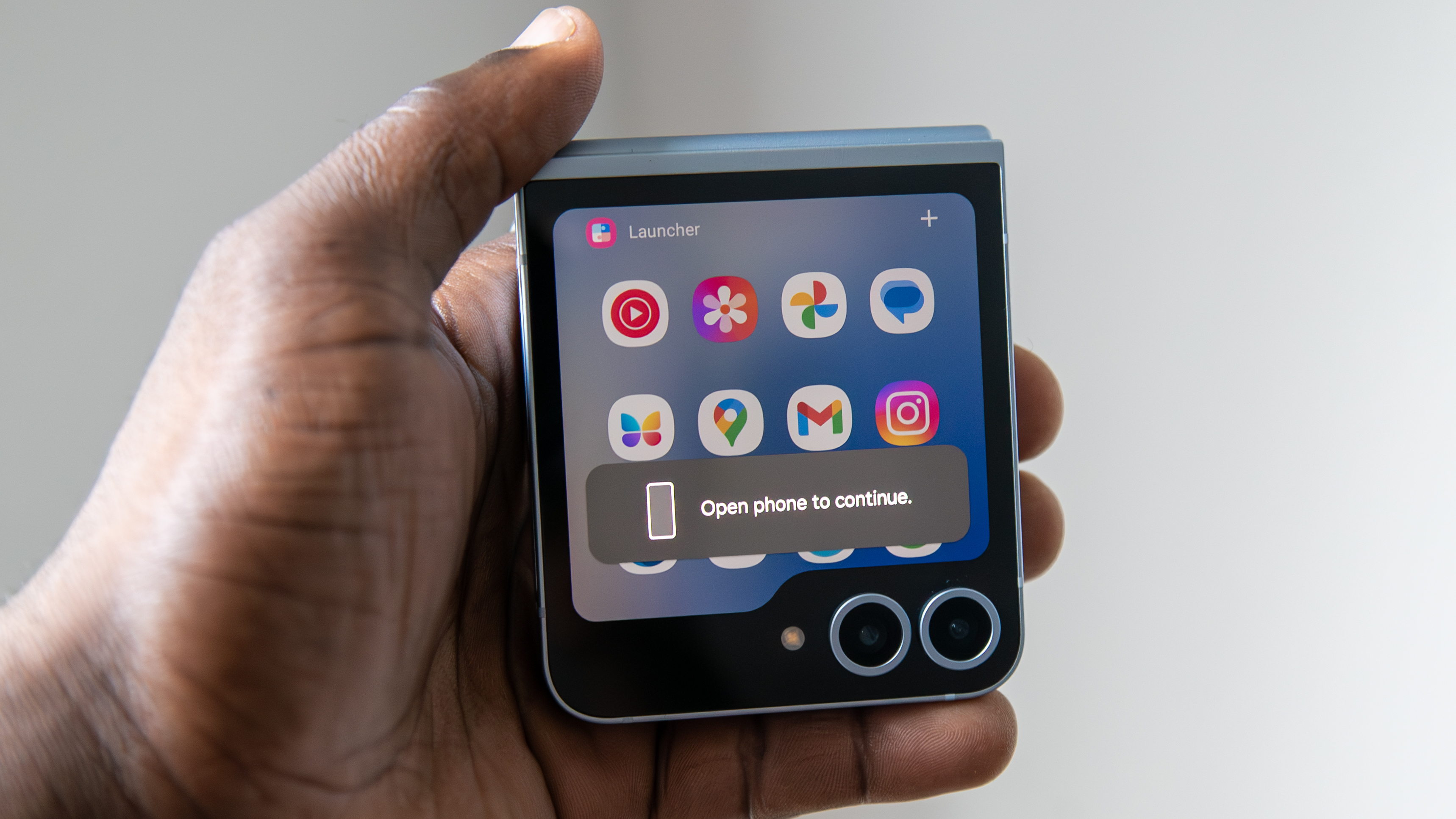
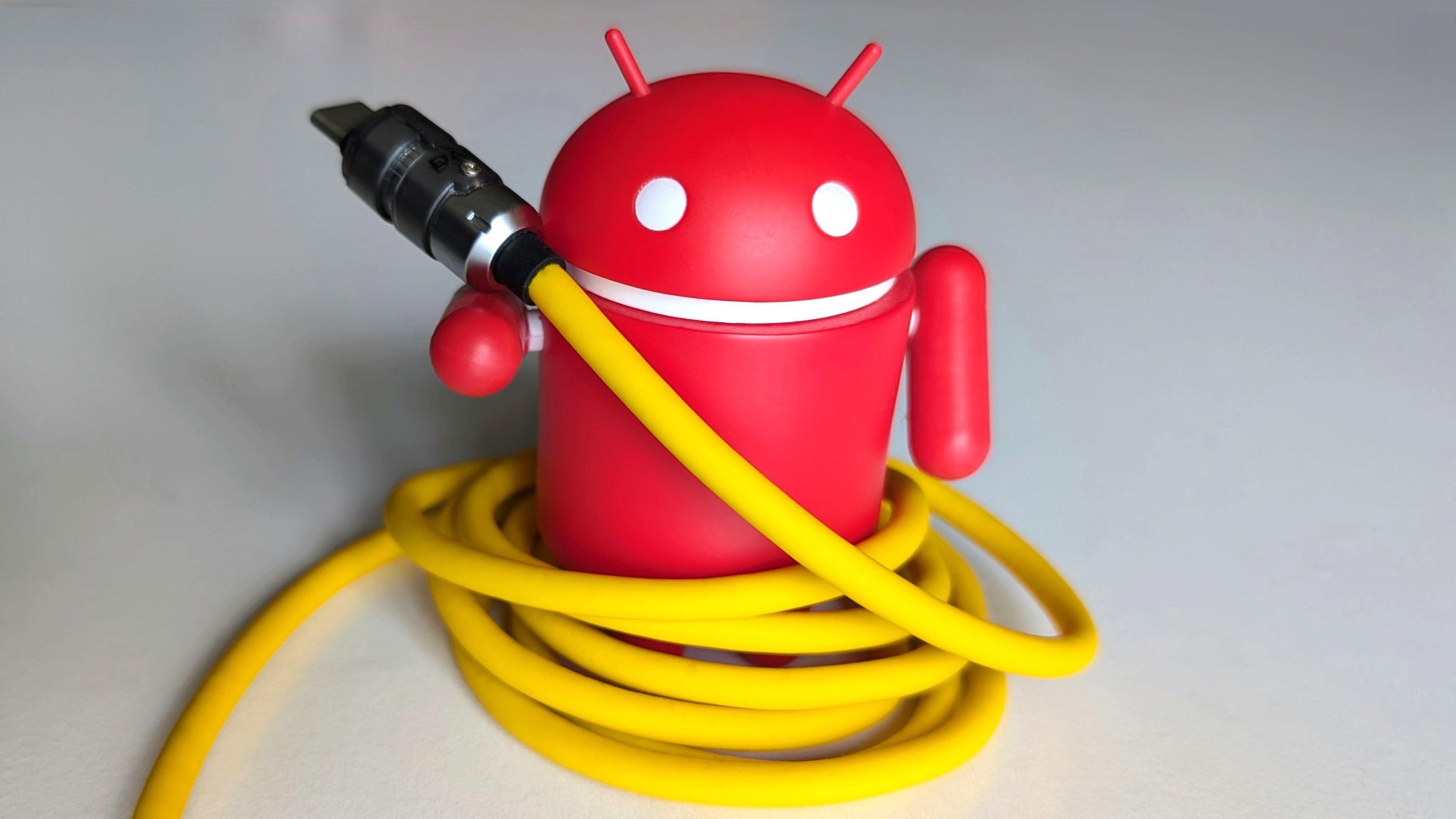

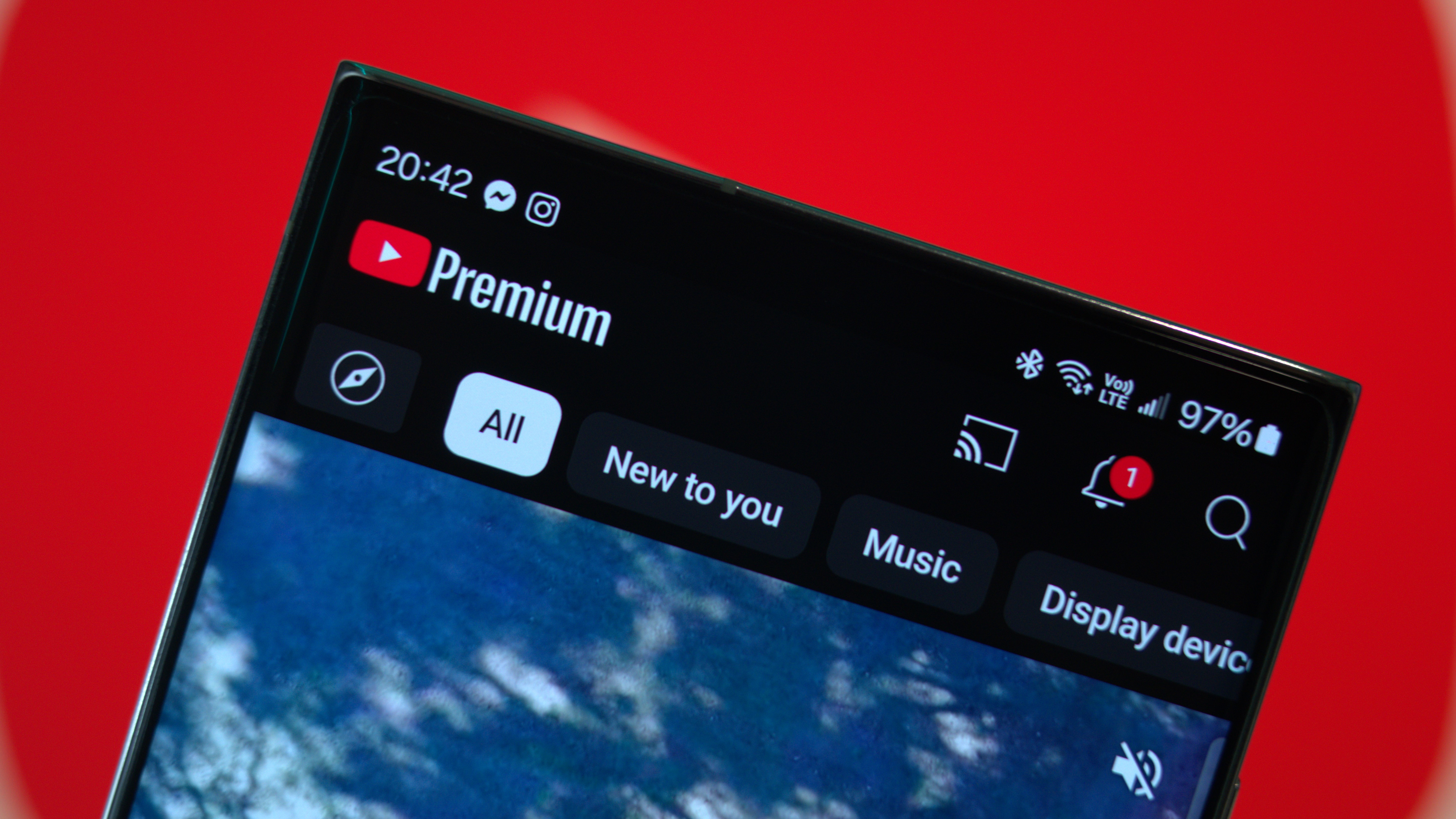


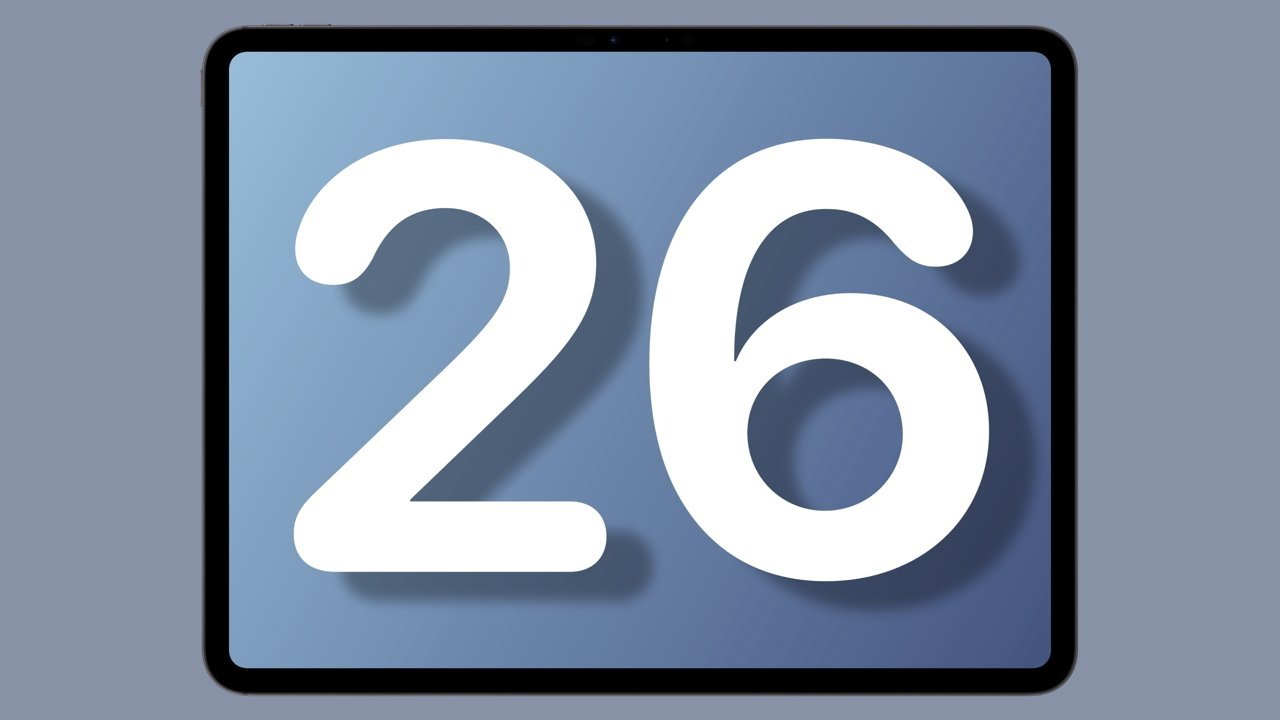











































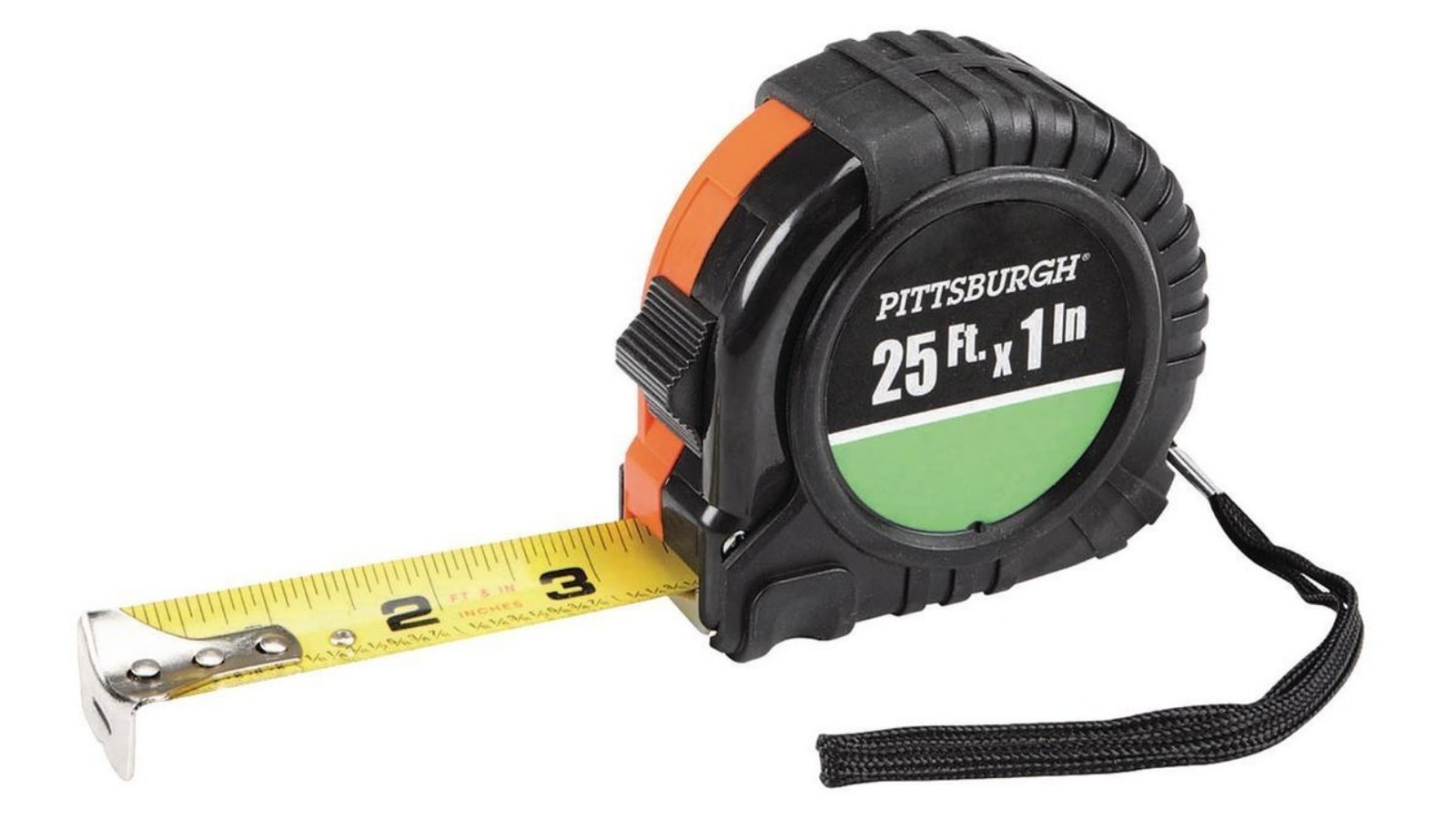





































_Michael_Vi_Alamy.jpg?width=1280&auto=webp&quality=80&disable=upscale#)






























































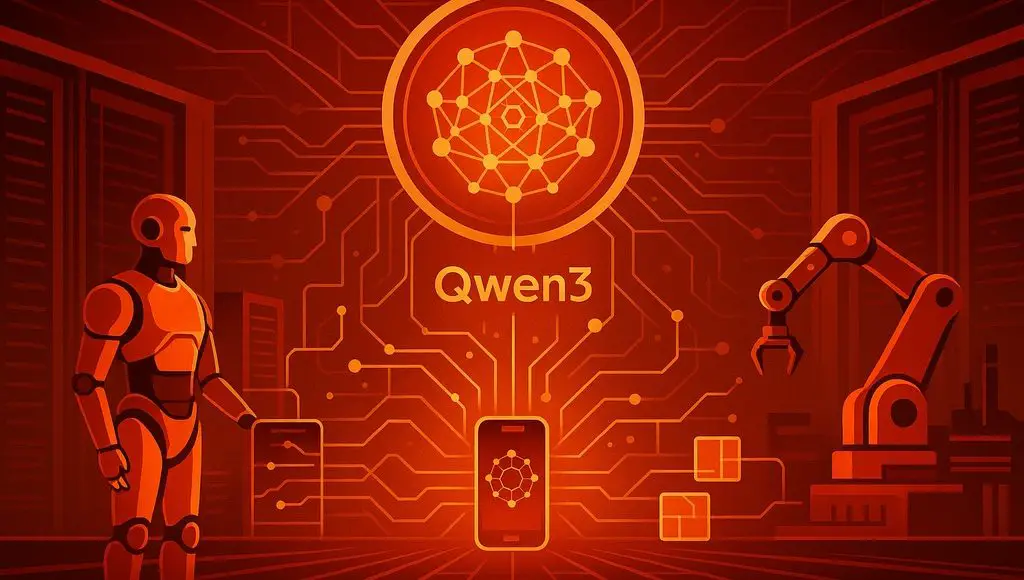

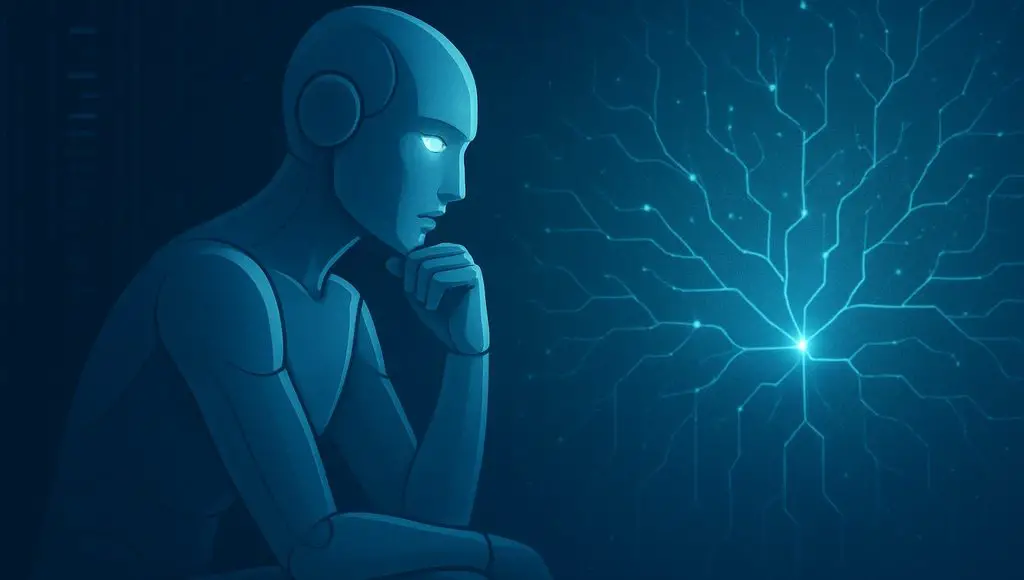

















































![[The AI Show Episode 151]: Anthropic CEO: AI Will Destroy 50% of Entry-Level Jobs, Veo 3’s Scary Lifelike Videos, Meta Aims to Fully Automate Ads & Perplexity’s Burning Cash](https://www.marketingaiinstitute.com/hubfs/ep%20151%20cover.png)











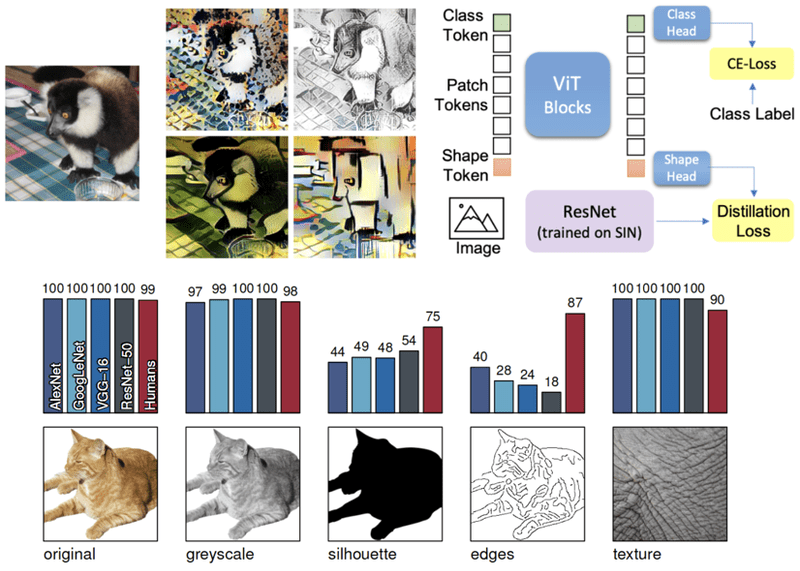




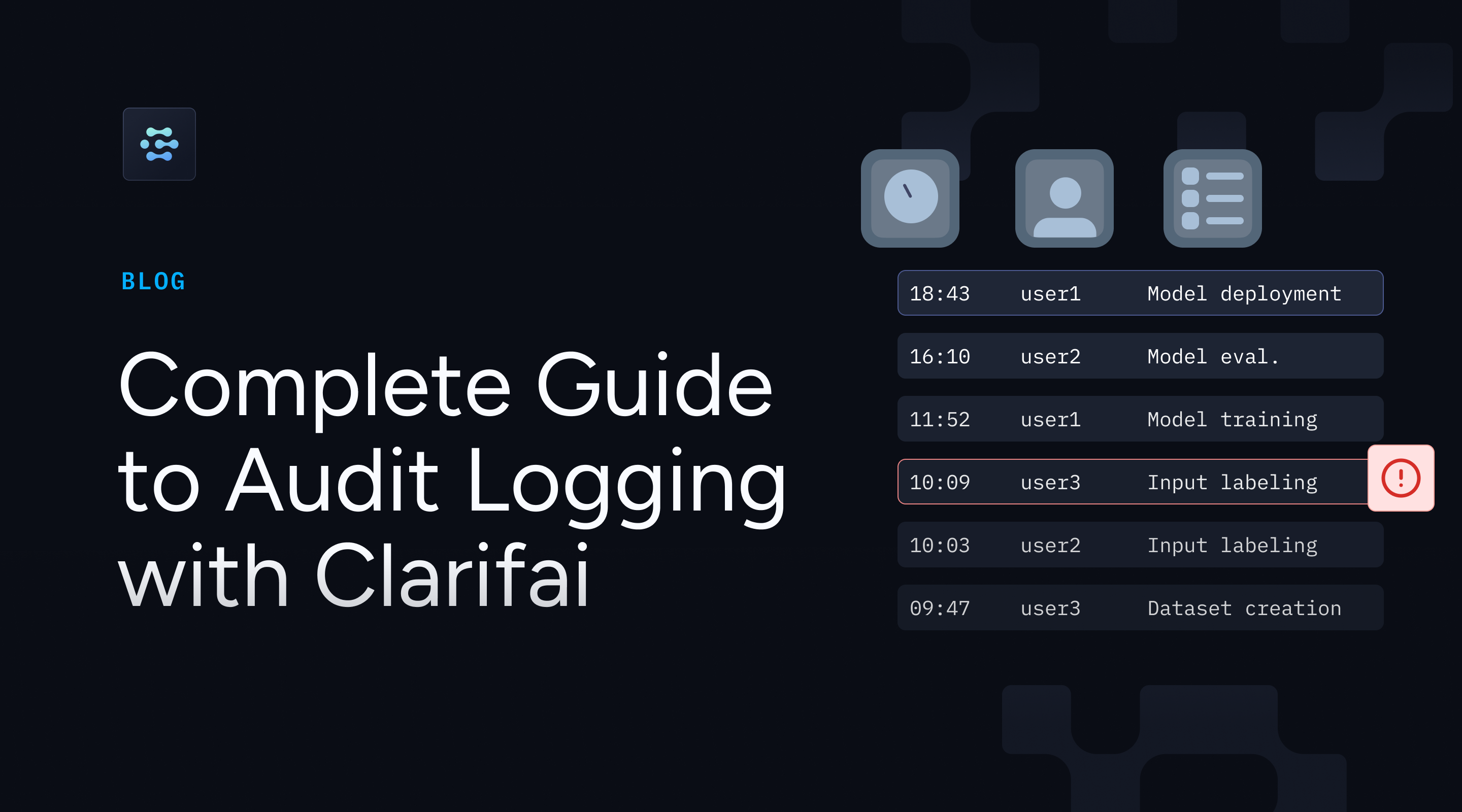




























































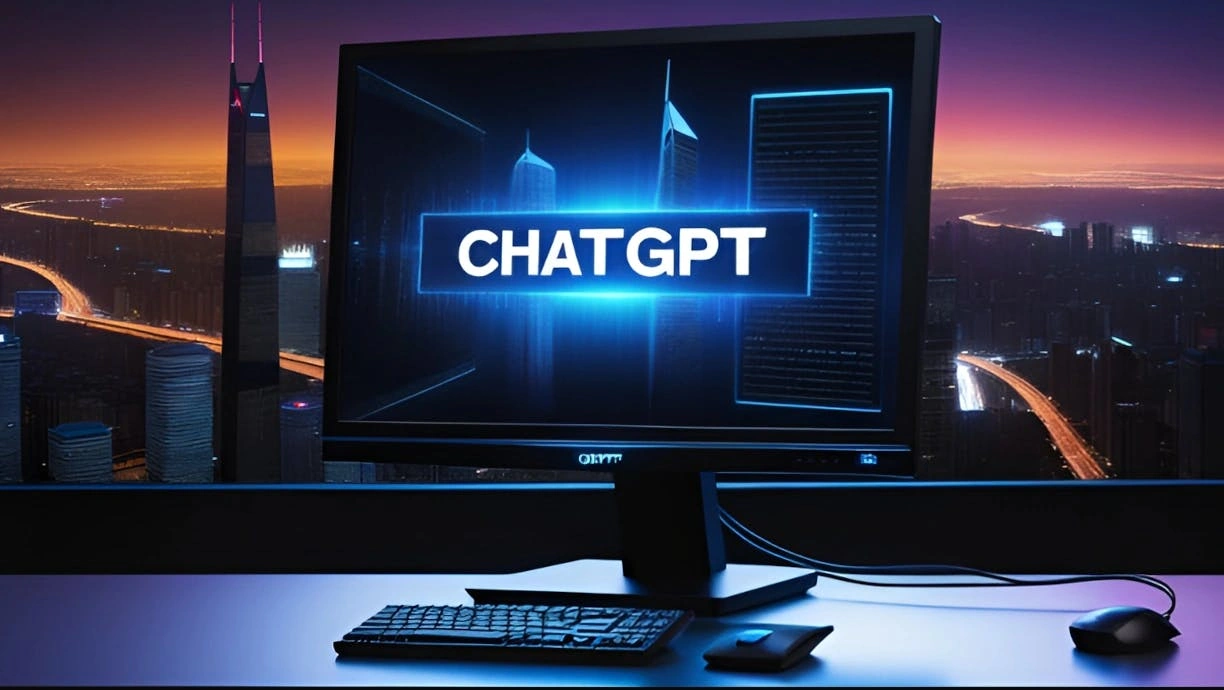
















































































![From electrical engineering student to CTO with Hitesh Choudhary [Podcast #175]](https://cdn.hashnode.com/res/hashnode/image/upload/v1749158756824/3996a2ad-53e5-4a8f-ab97-2c77a6f66ba3.png?#)


![[FREE EBOOKS] Solutions Architect’s Handbook, Continuous Testing, Quality, Security, and Feedback & Four More Best Selling Titles](https://www.javacodegeeks.com/wp-content/uploads/2012/12/jcg-logo.jpg)


























































































